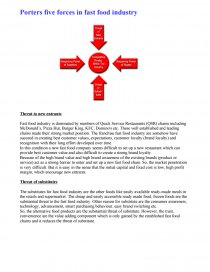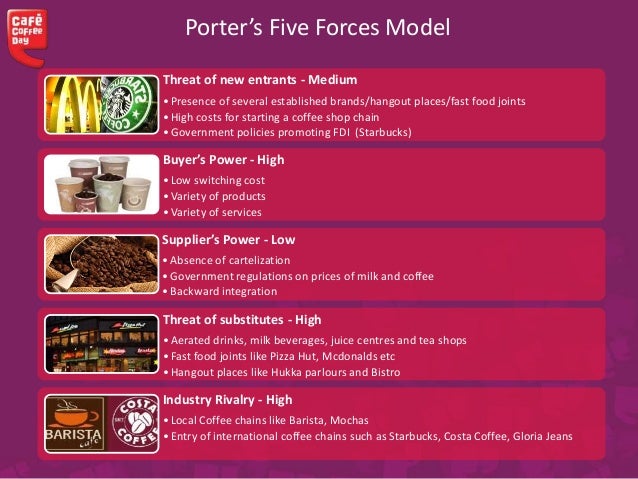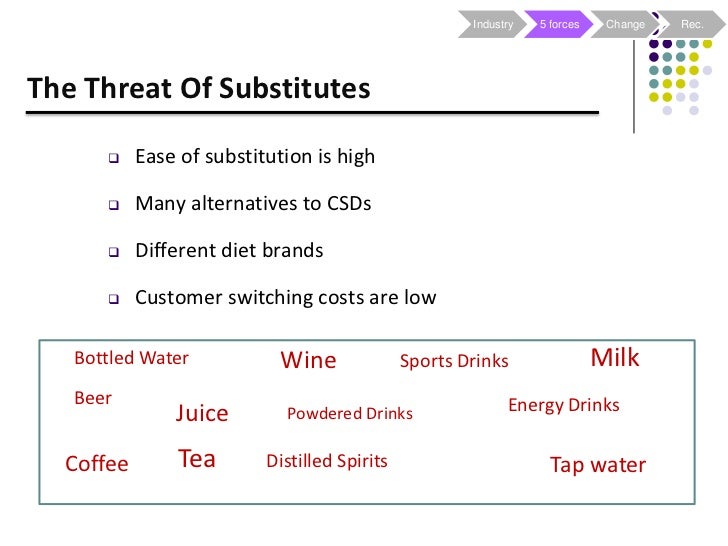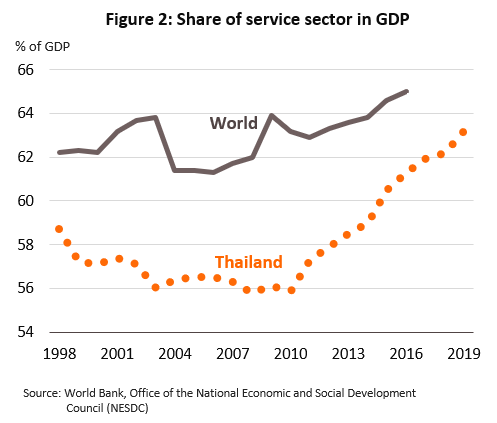

“Competitiveness Of The Industries Based On The Porter’s Diamond Model: An Empirical Study.” Volume 1, Issue 3. This can be reduced by focusing on the consumer preferences. Yet they can still compete in terms of preparing food in a better way and giving good quality. Even in economic crises consumers may chose to eat at home or opt for fast food. Issue arises when the customers prefer choosing a casual kind of restaurant or a fast food kind or may be prefer to eat at home. In case of food industry, if restaurants are to maintain an average checked price, they will not lose customers. A porter clearly explains in his model that the threat occurs usually due to the competition in price. This threat is arises when the product demand is effected by the change in price of the substitute product. The threat of substitute can be related as the products that exist outside the industry. It is therefore important for the food industry to focus on entry of any new entrant that might become a threat in the near future. Also it is the experience that holds pivotal importance and not only the food. Individuals can easily acquire their own funds as compared to starting any other business. It is also cheaper to start up a restaurant than any other business. This is because there are very few barriers of entry. The threat towards the entry of a new entrant is very high in case of the food industry. Threat Towards the Entry of New Entrants in the Market
#THREAT OF NEW ENTRANTS IN FAST FOOD INDUSTRY FREE#
It supplies organic produce and also antibiotic free meat and therefore charges a price for the product supplying (Quick MBA, 2010). Thus, in most industries it is a weak force yet can still advantage e.g Chipotle. The supplier chosen will be according to the price the company sells its product at. For instance most of the restaurants sell meat. Usually restaurants would get food from external sources e.g butchers, different packaging companies and farmers and not make their own. This too is a huge force in the industry. It is the price given for the product or services (Quick MBA, 2010). The bargaining power of suppliers is the reverse of the bargaining power of buyers. If prices are set higher customer might leave unreasonably. They demand good quality, a great experience along with a reasonable price. (Eskandari, 2015) In case of food industry the bargaining power of customer is very strong. If more products are purchased, the bargaining power is thus enhanced. With purchase decision, the bargaining power increases. In case of having power in the backward integration for instance, customers in the food industry are able to bargain over the decrease in price of the food items, this could result as a threat for the company. If the customers are more powerful, their tendency to bargain increases especially the price sensitive customers as a result of which prices may be forcefully reduced. Yet revenues can be gained through market expansion (Quick MBA, 2010). Rivalry is automatically increased when the firms are competing with the same customers. Thus firms in this category prioritize on gaining a competitive advantage by using one of the ways that could be the change in prices, to focus of differentiating the product and bring about its improvements, to make use of creative channels of distribution and also to exploit the relationship with suppliers. In the food industry, competition is relatively high. Jaradat (2013) exclaimed that a competitive strategy with effective competitors will give the company a competitive edge over other companies. The research holds great importance especially in the developing countries that could generate employment and rise in the income levels as well as rise in export quality through usage of optimum resources and taking maximum advantage.

Porter (1979) had developed this business model. With these newer opportunities arise with the help of which better business strategies may be developed. This study will tell about Porter’s competitive model which affects the food industry by focusing on five areas which are listed below.


According to the “Journal of Asian Scientific Research” in 2015, competition is how successfully a firm will compete with other firms in the industry at both national and international levels.


 0 kommentar(er)
0 kommentar(er)
